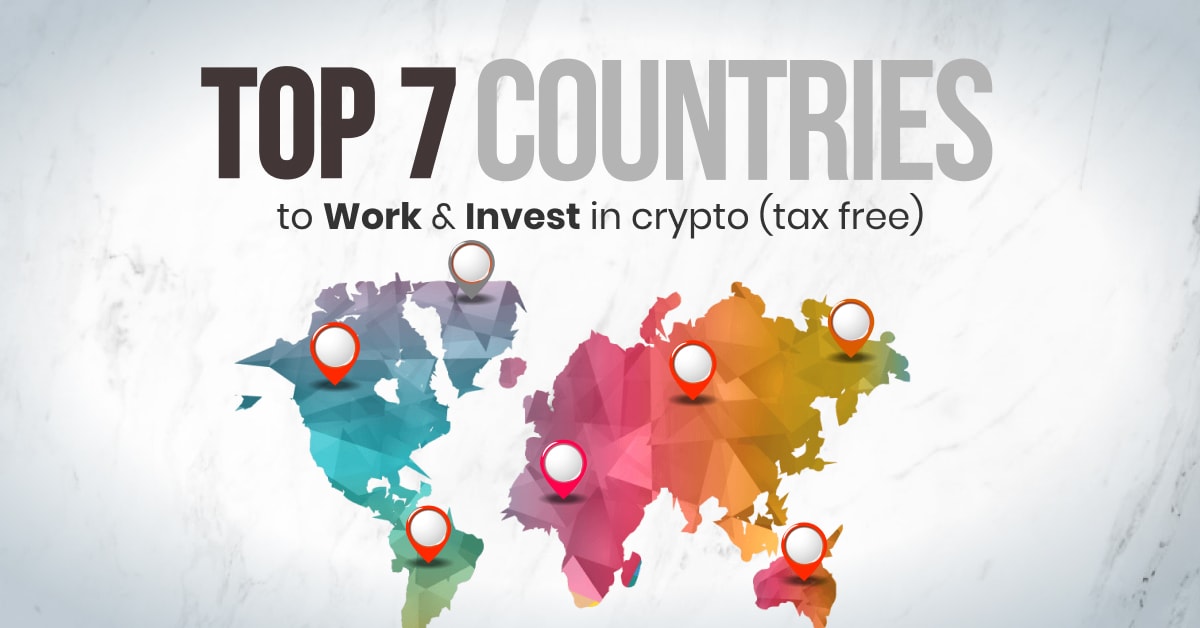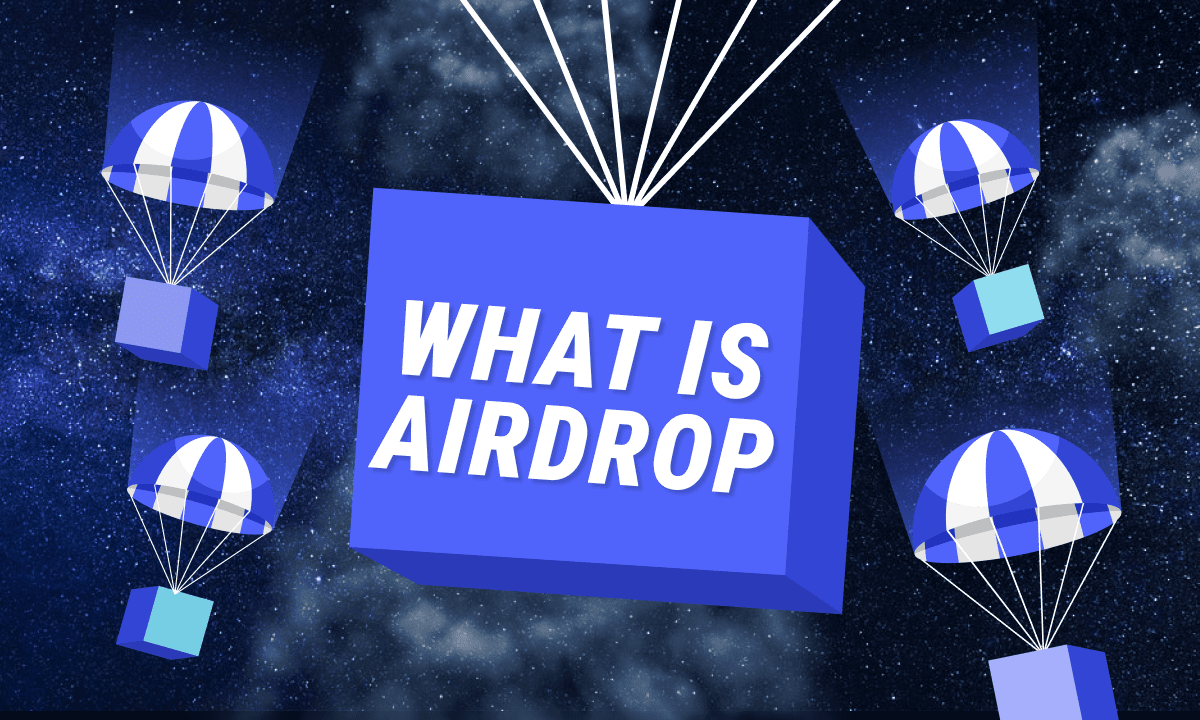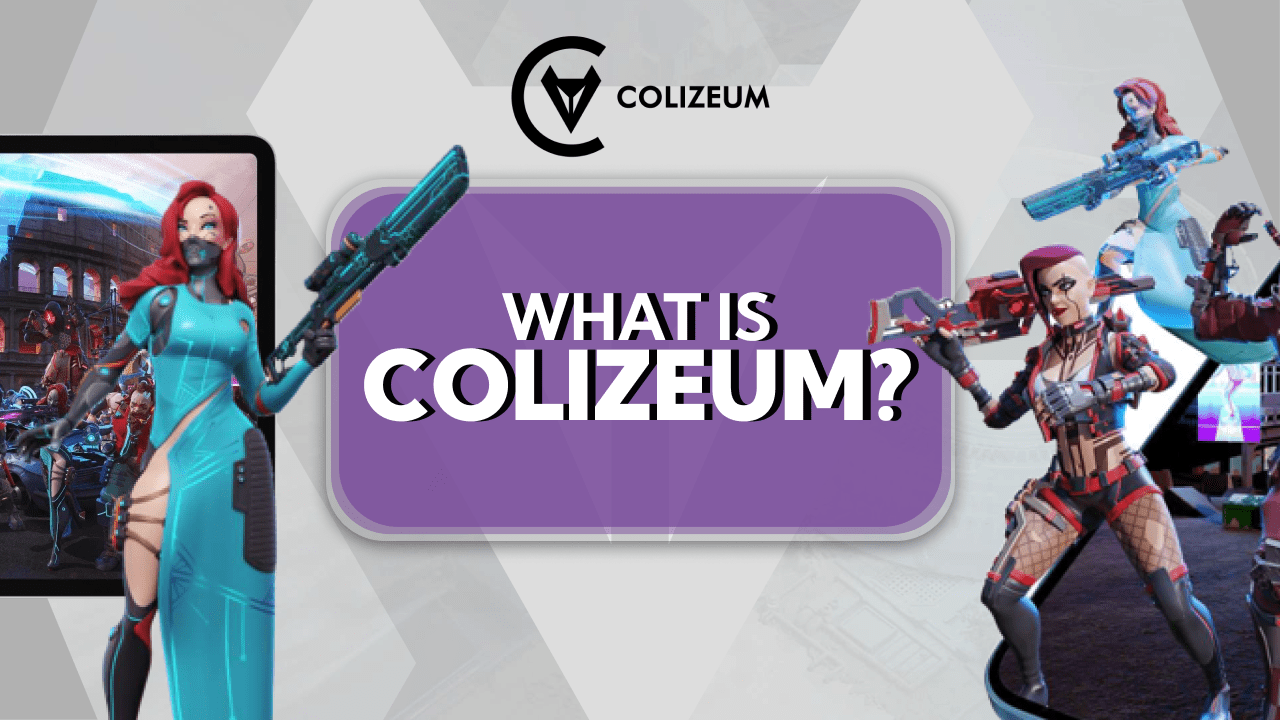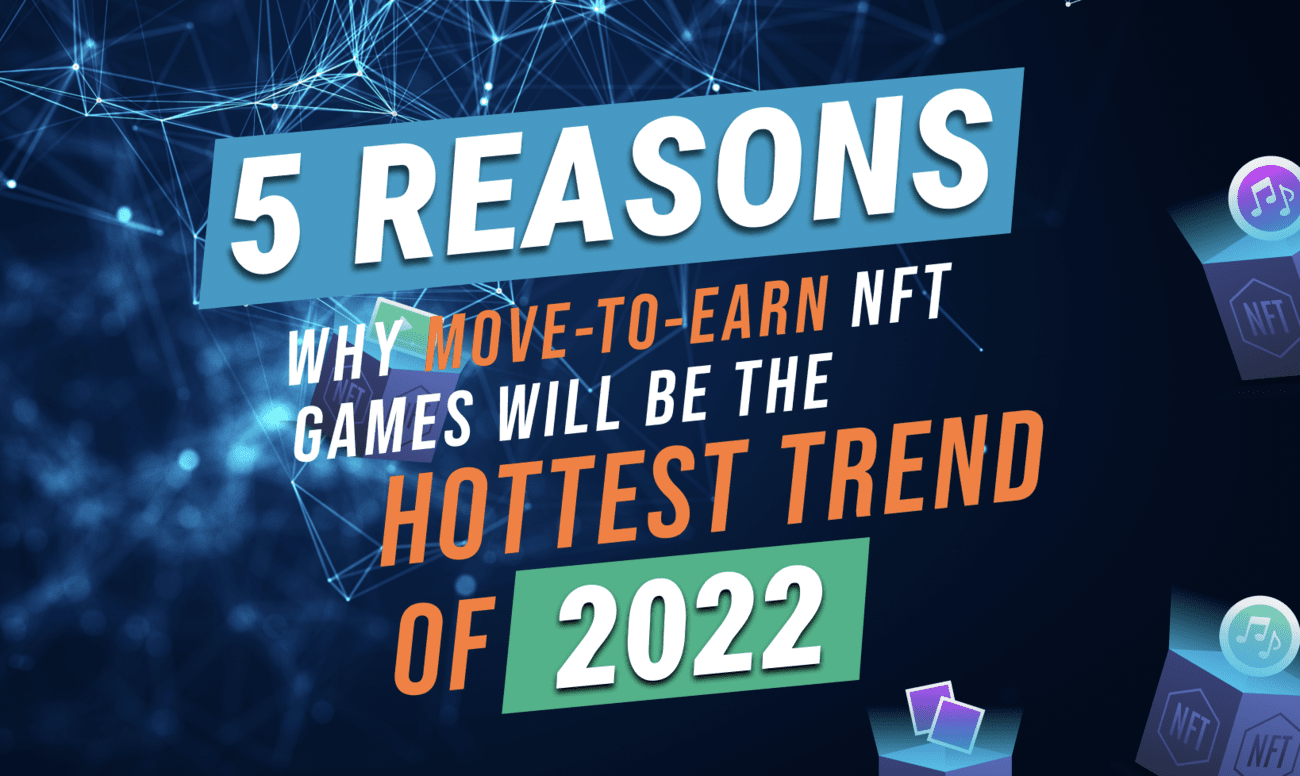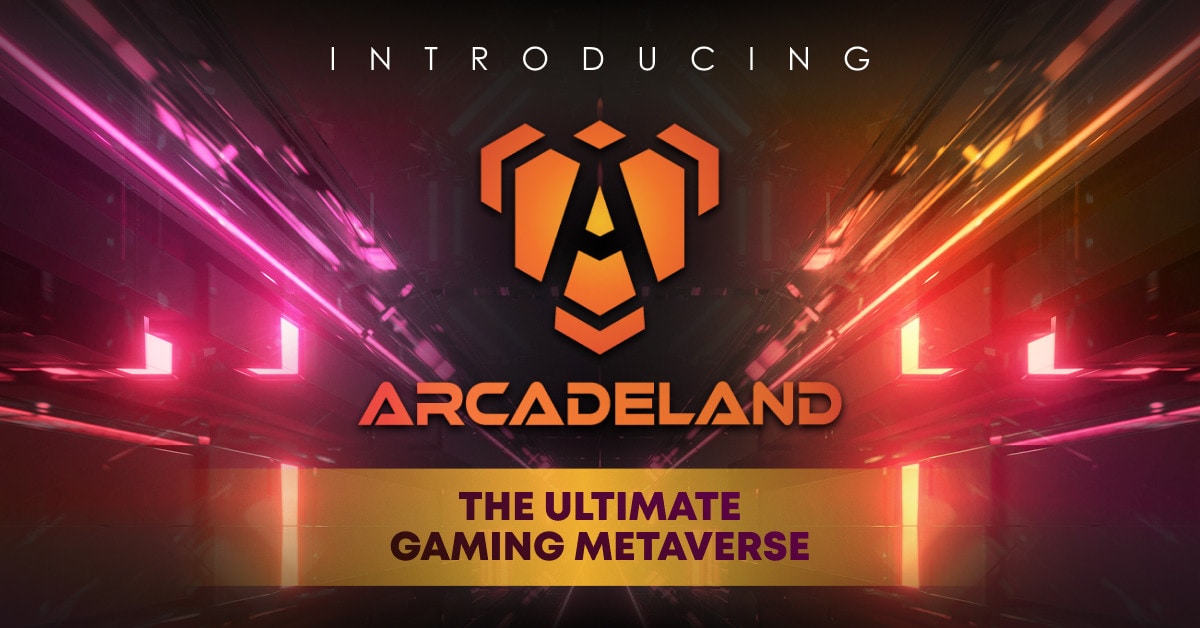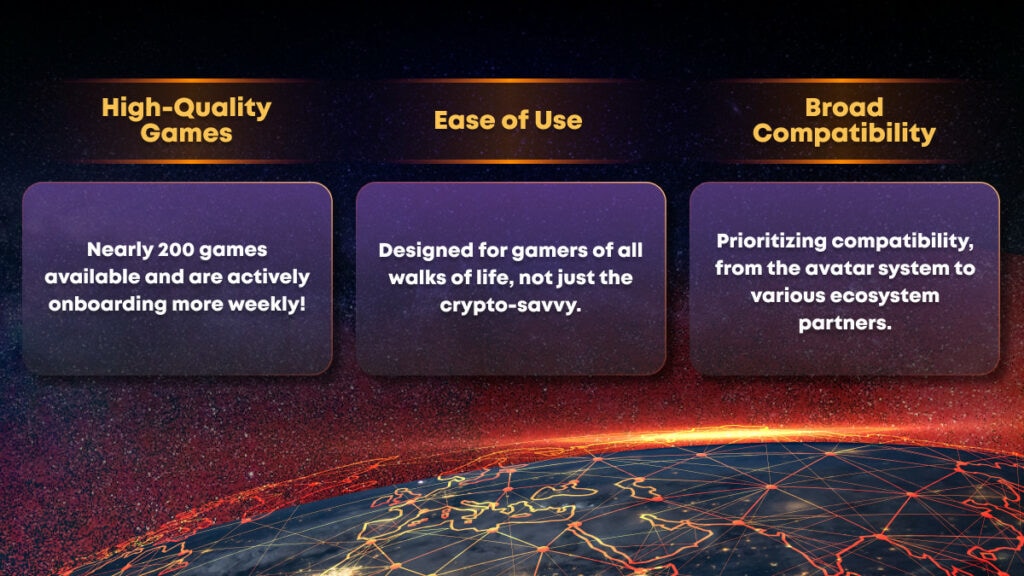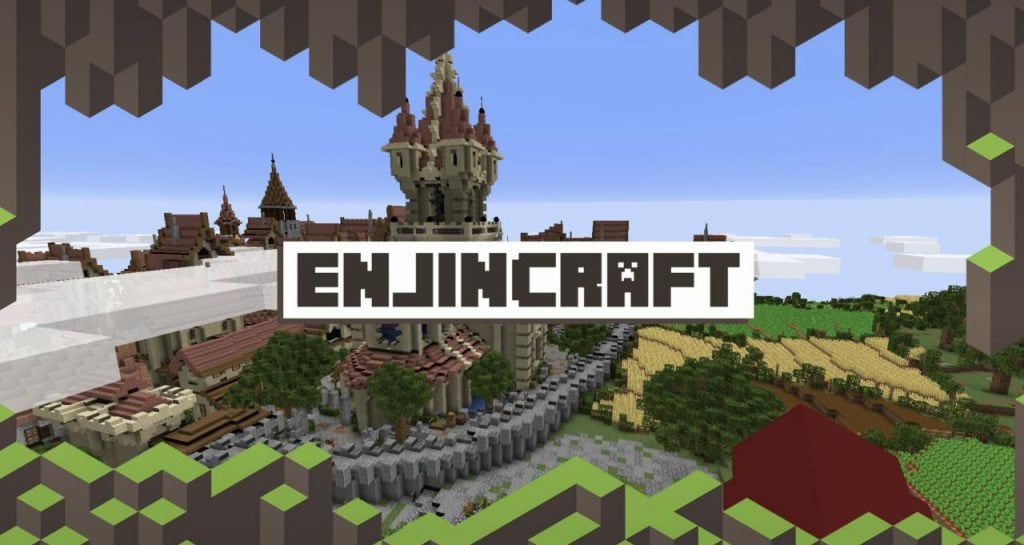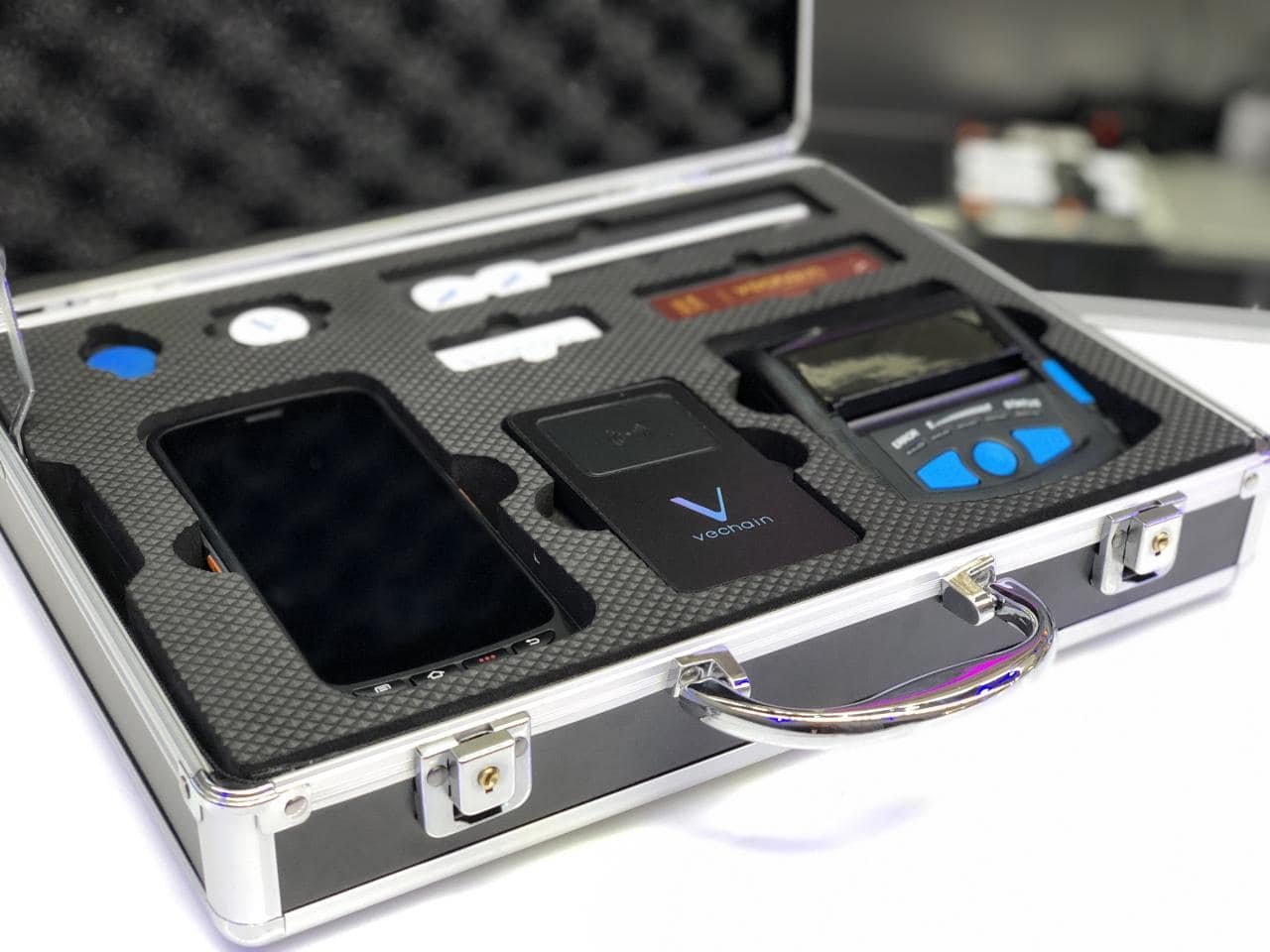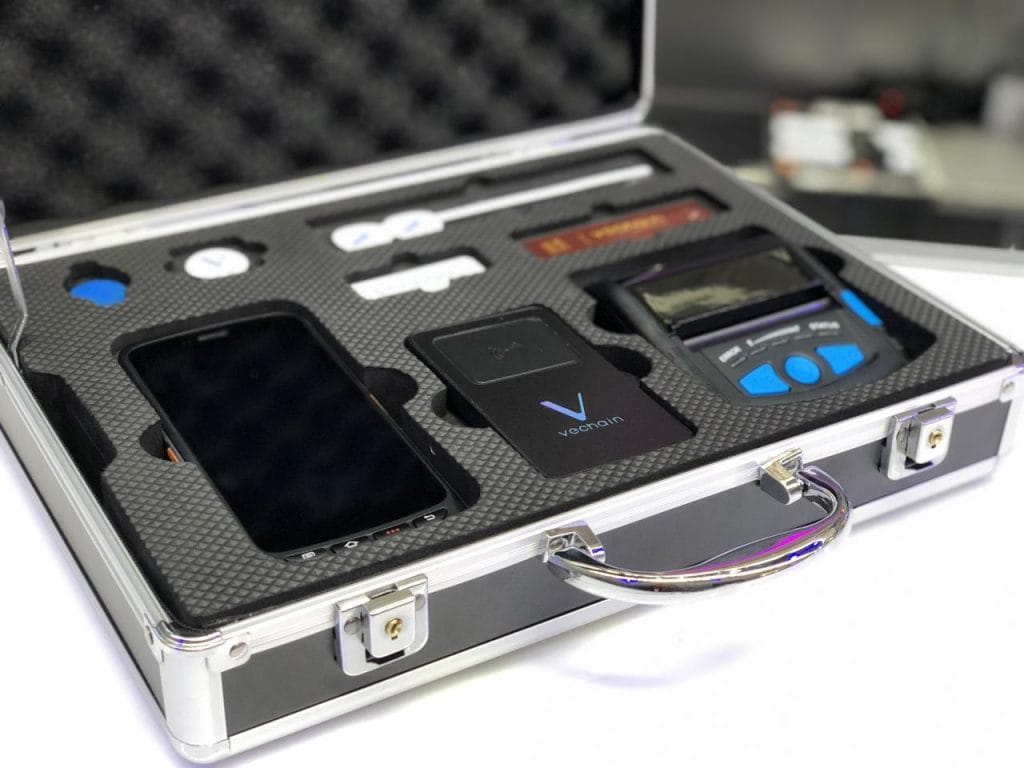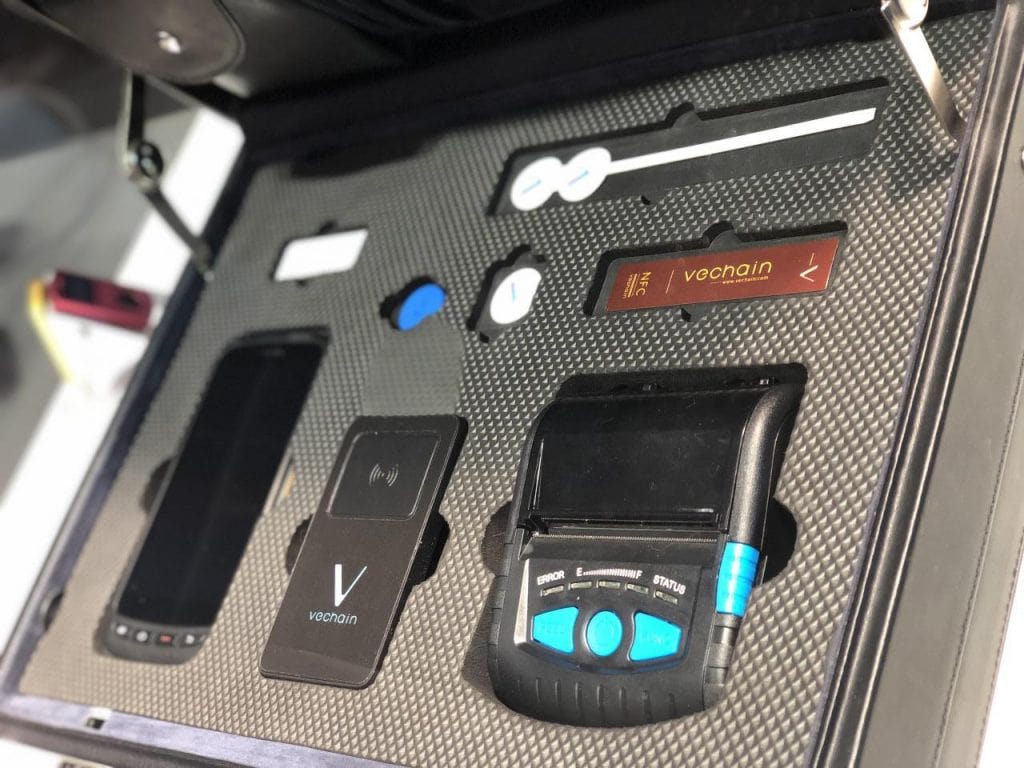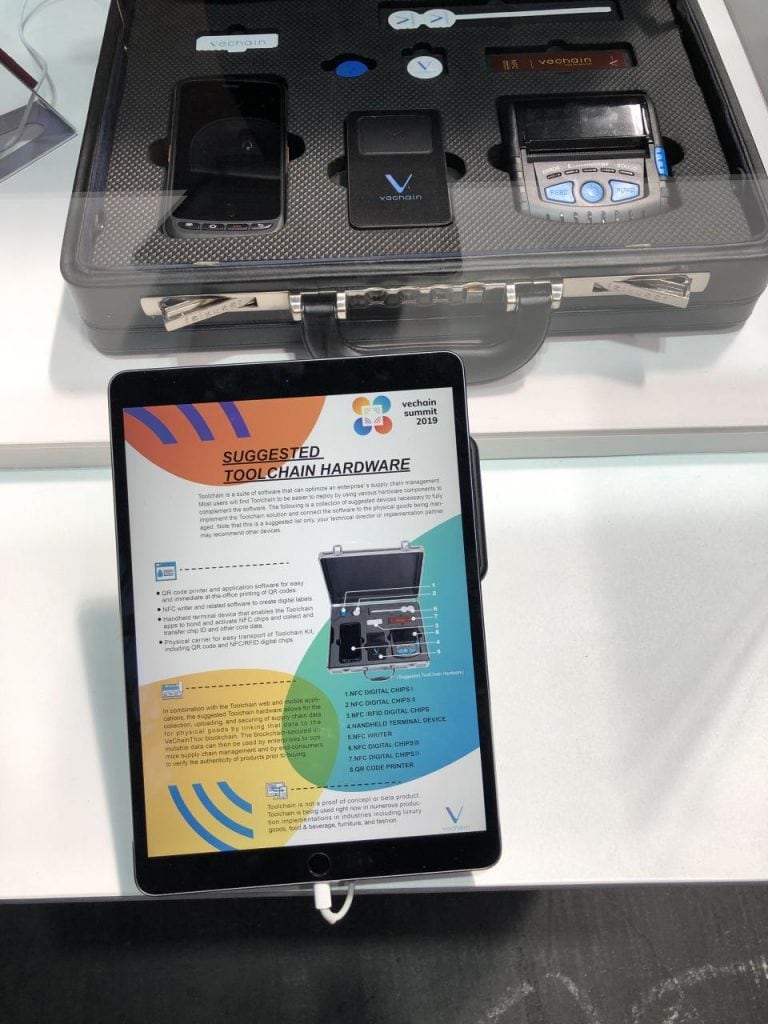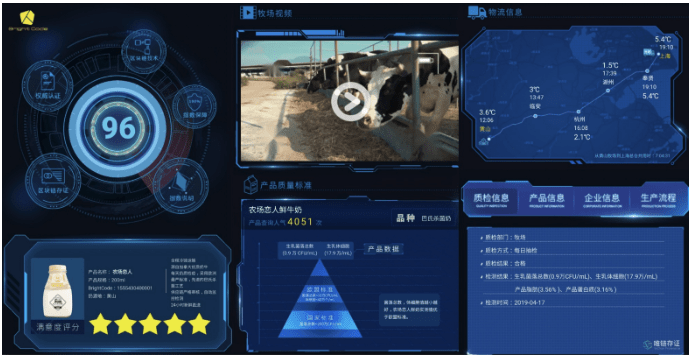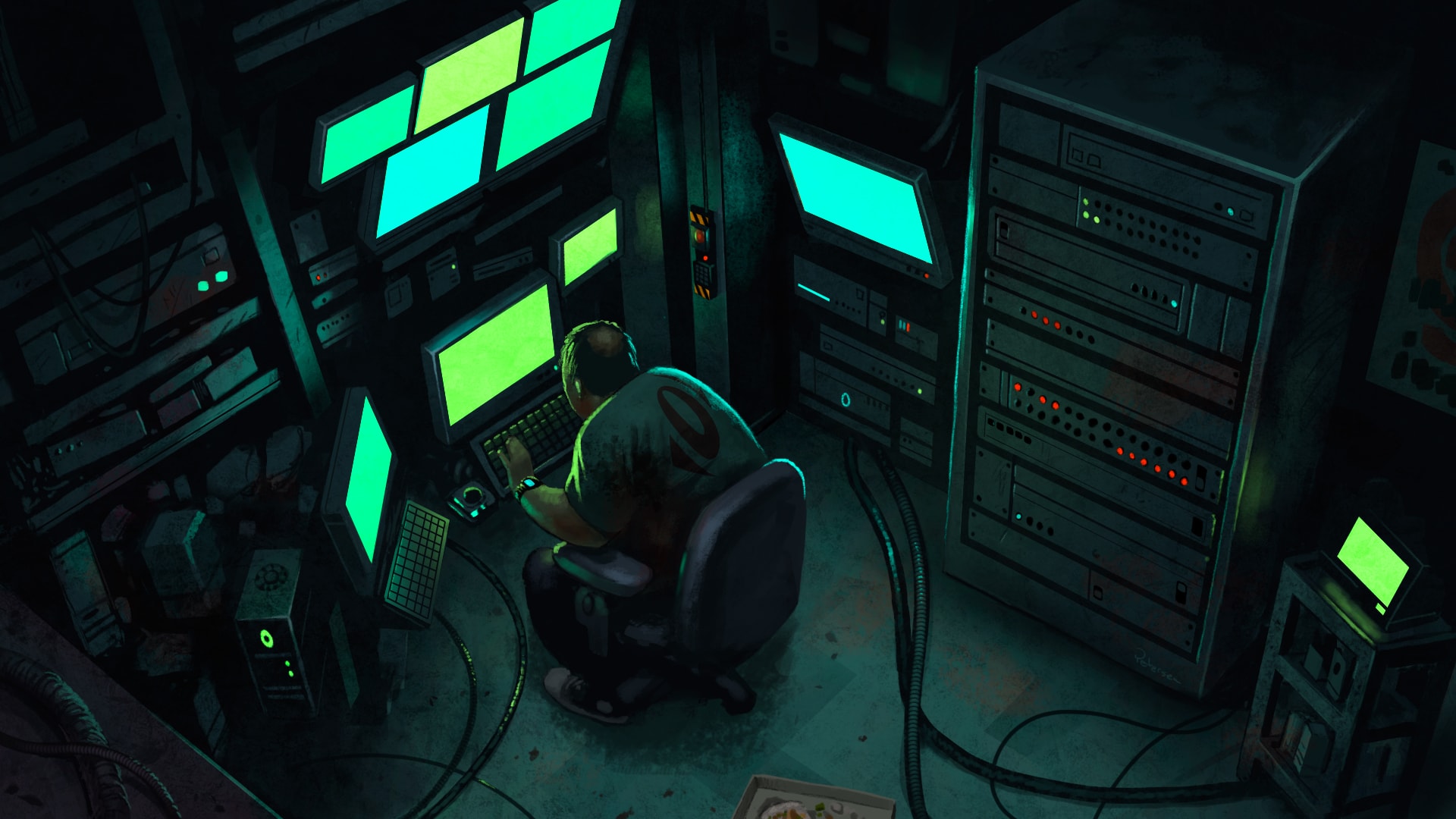Doing your taxes on your cryptocurrency trades has become a necessary burden for many as major nations continue to implement regulations on the industry, and this is actually a positive thing for global adoption. Huge nations such as the United States are currently looking to introduce stricter regulations for crypto and have already been taxing crypto profits. Therefore, to avoid unwanted meetings with the IRS, American investors are having to play by the old rules.
But if that’s not something you’re into (long live financial freedom!) or you’re a crypto maximalist, the good news is there are several places in the world that might present better options for you.
This article highlights seven countries around the world that are pro-crypto and some that will even allow you to trade and earn crypto income tax-free. Here’s our video comparing the top best countries for crypto investors.
- Portugal
- No capital gains tax on crypto
- No personal income tax on crypto received
Portugal is one of the most crypto-friendly countries in the world after establishing a Digital Transitional Action Plan in April 2020 to promote decentralization. The country experienced hyperinflation in the early 1990s which almost drove companies to bankruptcy, so it is no surprise the Portuguese people have shown trust towards crypto.
If you’re making any capital gains from purchasing or selling cryptocurrencies you do not have to pay any taxes, nor is there any income tax on payments received in crypto. If you don’t hold an EU passport then you can invest 350,000 euros in funds in the country for five years to become eligible for citizenship via the Golden Visa Scheme. The best part is you’ll only need to spend seven days in Portugal per year, meaning you don’t have to permanently relocate.
2. Bermuda
- No income tax at all
- No capital gains tax on crypto
As an example of Bermuda’s crypto-friendly nature, we only need to look at the Bitcoin ETF that was approved in late 2020 after years of unsuccessful attempts to launch in the United States. The Bermuda Stock Exchange approved Hashtag’s Nasdaq crypto ETF making it one of the first of its kind and proving that the country is likely to continue to be forward-thinking regarding crypto.
It’s fairly easy to obtain residency in Bermuda as long as you have sufficient income. At least $2.5 million must be invested into real estate, businesses, or bonds in the country in return for a passport.
3. Malta
- No income or capital gains tax on long-term crypto investments
- 35% income tax on crypto trading
Malta is a southern European island in the Mediterranean Sea that has been using crypto for the longest time. Crypto traders receive 35 per cent in income tax as it is viewed as the same as stock trading by legal definition, but on the plus side, there is no income or capital gains tax on long-term investments in digital currencies. So if you’re a long-term hodler you would love Malta, but not so much if you’re a day trader.
If you’re not an EU citizen and want to become one you can buy Maltese citizenship and receive a passport in about one-and-a-half years at a cost of around $1 million dollars. This is more for long-term players who really want to cash out their crypto tax-free.
4. Singapore
- No capital gains tax on crypto
- No existing crypto funds subject to taxation
Singapore already enjoys the reputation of being one of the most business-friendly places on the globe and is slowly emerging as a safe haven for crypto investors as well. The country’s central bank believes the crypto ecosystem should be monitored to prevent money laundering and other illegal activities, however, also insists innovation should not be stifled. Singapore is known as the fintech hub of Asia as residents and companies do not have to pay any capital gains tax nor are there any existing funds subject to taxation.
Residency in Singapore is easy for students, who just need to study there for two years and pass a government exam, but the requirement is much higher for their investor program – at least 2.5 million Singaporean dollars (roughly US$1.8 million) must be invested into new businesses or funds.
5. Switzerland
- No capital gains tax on crypto
- Bitcoin is legal tender in some regions
Swiss banks were the first in the world to offer crypto companies business accounts in 2018 after recognizing that banking channels would help to eliminate fraud and encourage legitimate businesses in Switzerland. Crypto is classified as an asset and Bitcoin is recognized as legal tender in some regions so the narrative for crypto is generally positive. The Swiss don’t see crypto as a threat to their fiat currency.
If you trade or hold any crypto as an investment in your own account and qualify as an individual trader you will not be liable for any capital gains taxes. Residency in the country is a bit tricky in comparison to other countries – you must be under the age of 55 and need to invest at least one million Swiss Francs in a way that stimulates new technology developments in the region.
6. El Salvador
- No income or capital gains tax on Bitcoin
- Bitcoin recognized as legal tender
- Building world’s first ‘Bitcoin City’
El Salvador made mainstream media headlines and is the undisputed king when it comes to crypto-friendly regulation after Bitcoin was recognized as legal tender in 2021. Consequently, the country has no income tax or capital gains tax on Bitcoin and plans to maintain its status as a crypto hub by building the world’s first ‘Bitcoin City’.
In the future it might also be possible to buy an extra passport and a new nationality with crypto. The law hasn’t been confirmed yet but ever since Bitcoin became legal tender in the country El Salvador has continued to accumulate and now holds more than 1,800 Bitcoin as they want to continue to build up their Bitcoin reserves. Do not be surprised to one day see El Salvador offering citizenship in exchange for crypto investments.
7. St. Kitts & Nevis
- No capital gains tax at all
- Buy a passport for $150k or BTC equivalent
- Move freely between Caribbean Union countries
St. Kitts & Nevis is an island in the West Indies that has welcomed digital assets with open arms and implemented legislation to make crypto transactions easier under its Virtual Asset Bill of 2020. You can use crypto to buy a passport to this tax haven and the best part is you don’t even have to land in the country to get the passport. A passport costs about $150,000 or the equivalent in Bitcoin and you can get it in about four months.
There is no capital gains tax in the country at all and local banks work happily with crypto investors. The island nation has Bitcoin ATMs placed throughout the country and you can live in any other Caribbean countries that are also part of the Caribbean Union.
Conclusion
At the end of the day there are still many countries that consider crypto to be a threat to their sovereignty yet each day more and more nations are realizing the benefits and possibilities of welcoming the innovation of blockchain and crypto. The treatment of digital assets varies depending on each country’s financial regulations and procedures, which is why it’s essential to do your own research and consult a tax advisor before deciding to immigrate.
